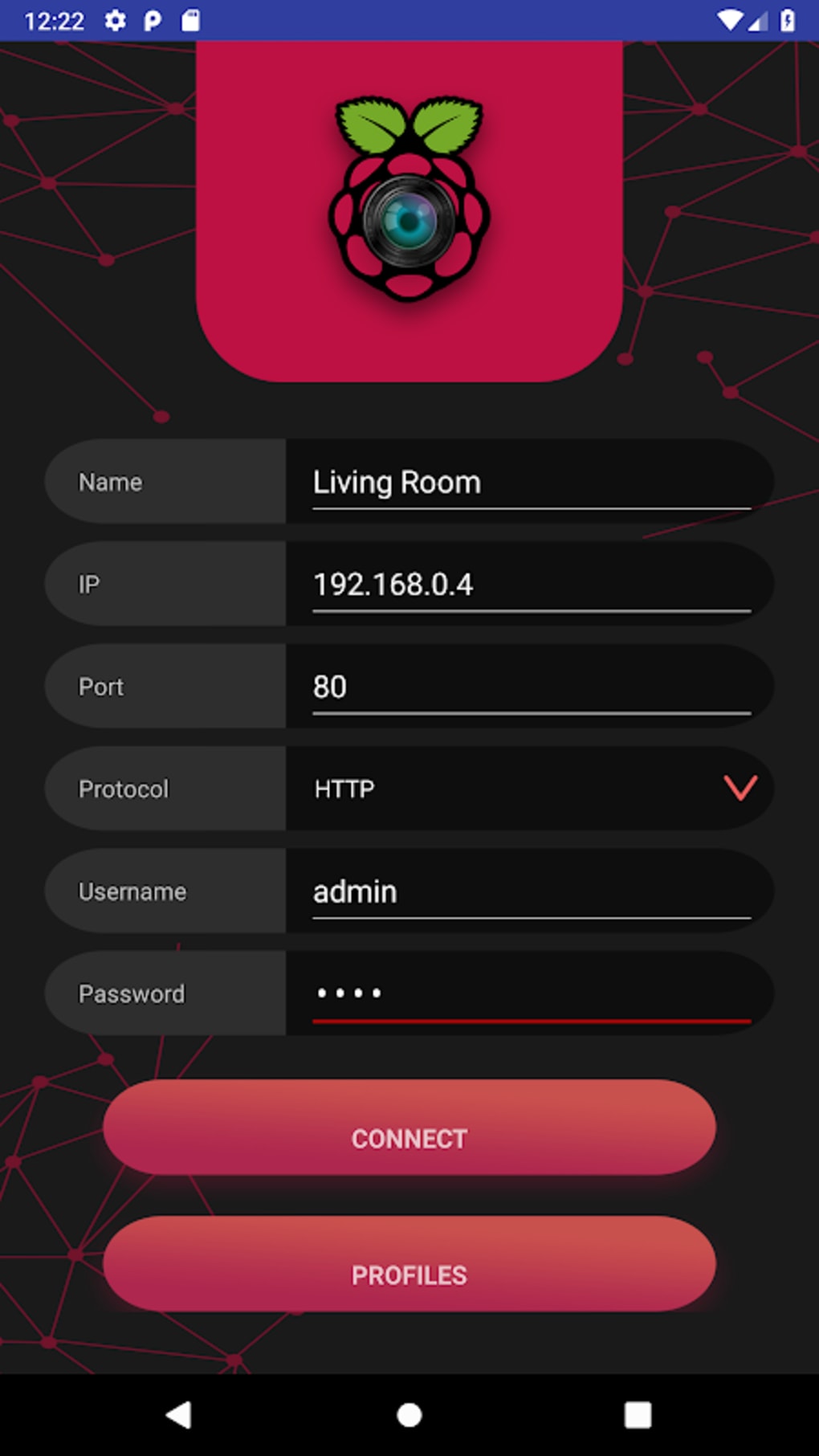Remote access to your Raspberry Pi can significantly enhance its utility, especially for projects that require monitoring or control from a distance. Whether you're managing servers, running IoT devices, or simply tinkering with your setup, being able to connect to your Raspberry Pi securely is essential. This guide will walk you through setting up SSH on your Raspberry Pi and accessing it remotely, ensuring both convenience and security.
With the increasing popularity of remote work and distributed systems, understanding how to use SSH (Secure Shell) has become more important than ever. SSH allows users to securely log into another computer over a network, execute commands, and transfer files between machines. For Raspberry Pi enthusiasts, this means you can manage your device without needing physical access, making it perfect for headless operations or integrating into larger networks. Below, we'll explore step-by-step instructions tailored specifically for beginners.
Setting Up SSH on Your Raspberry Pi
Begin by accessing the command line interface on your Raspberry Pi. You can do this by opening the terminal, which can be accessed using the shortcut Ctrl+Alt+T. Once in the terminal, type 'sudo raspi-config' to bring up the configuration menu. This menu provides various options for configuring your Raspberry Pi, including enabling SSH.
In the configuration window, navigate to the 'Interface Options' section. Here, you will find the option to enable SSH. Selecting this option will activate the SSH server on your Raspberry Pi, allowing for remote connections. It's important to note that SSH is disabled by default as part of the latest Raspbian OS versions to improve security.
After enabling SSH, reboot your Raspberry Pi to ensure the changes take effect. At this point, your Raspberry Pi is ready to accept SSH connections locally. The next steps involve setting up remote access, which requires additional configurations depending on your network setup.
Creating a Secure Tunnel for Remote Access
Once SSH is enabled on your Raspberry Pi, you need to establish a secure method for accessing it over the internet. One popular solution is creating an SSH tunnel using services like PiTunnel. These services act as intermediaries, forwarding your SSH requests securely to your Raspberry Pi.
To set up such a tunnel, first register with a tunneling service provider and follow their instructions for generating a custom tunnel. This typically involves installing a client application on your Raspberry Pi that connects to the tunneling service. Once connected, the service assigns a unique address that can be used to reach your Raspberry Pi from anywhere.
This approach not only simplifies the process of accessing your Raspberry Pi but also enhances security by avoiding direct exposure of your device to the internet. Additionally, many tunneling services offer encryption and other security features to protect your data during transmission.
Connecting via a Virtual Private Network (VPN)
An alternative method for securing remote access to your Raspberry Pi is by using a Virtual Private Network (VPN). By connecting both your local machine and Raspberry Pi to the same VPN, you create a private network within the public internet, allowing secure communication between them.
Start by configuring your router to support a VPN server. Many modern routers come with built-in support for common VPN protocols, making setup straightforward. Next, install and configure a compatible VPN client on your Raspberry Pi, ensuring it connects to the same VPN server as your local machine.
With both devices on the same virtual network, you can now use SSH to connect to your Raspberry Pi as if they were on the same local network. This method offers robust security and flexibility, particularly useful when managing multiple devices across different locations.
Accessing Raspberry Pi from Different Operating Systems
Regardless of whether you're using Windows, Mac, or Linux, accessing your Raspberry Pi via SSH follows similar principles. On Windows, tools like PuTTY provide a user-friendly interface for initiating SSH sessions. Simply input the IP address or hostname of your Raspberry Pi along with the appropriate port number.
For macOS and Linux users, the built-in terminal serves as the primary tool for SSH connections. Use the command 'ssh username@ip_address' replacing 'username' with your Raspberry Pi's login credentials and 'ip_address' with its actual IP. If you've configured a non-standard port, append '-p port_number' to specify it.
Remember to replace default passwords with strong ones and consider implementing additional security measures like disabling password authentication in favor of SSH keys. These practices help safeguard your Raspberry Pi against unauthorized access while maintaining ease of use.
Configuring Router Settings for External Access
To allow external access to your Raspberry Pi, certain adjustments may be necessary at the router level. Begin by logging into your router's administrative interface and locating the port forwarding settings. Here, map a specific external port to the internal IP address and SSH port of your Raspberry Pi.
Additionally, ensure that your router supports dynamic DNS (DDNS), which updates your domain name with your current IP address whenever it changes. This feature ensures consistent connectivity even if your ISP assigns a new IP address periodically. Most routers offer DDNS services either natively or through third-party providers.
Finally, test the configuration by attempting to connect to your Raspberry Pi from outside your home network. Verify that all connections are encrypted and secured according to best practices. Regularly review and update these settings as needed to maintain optimal performance and security.

